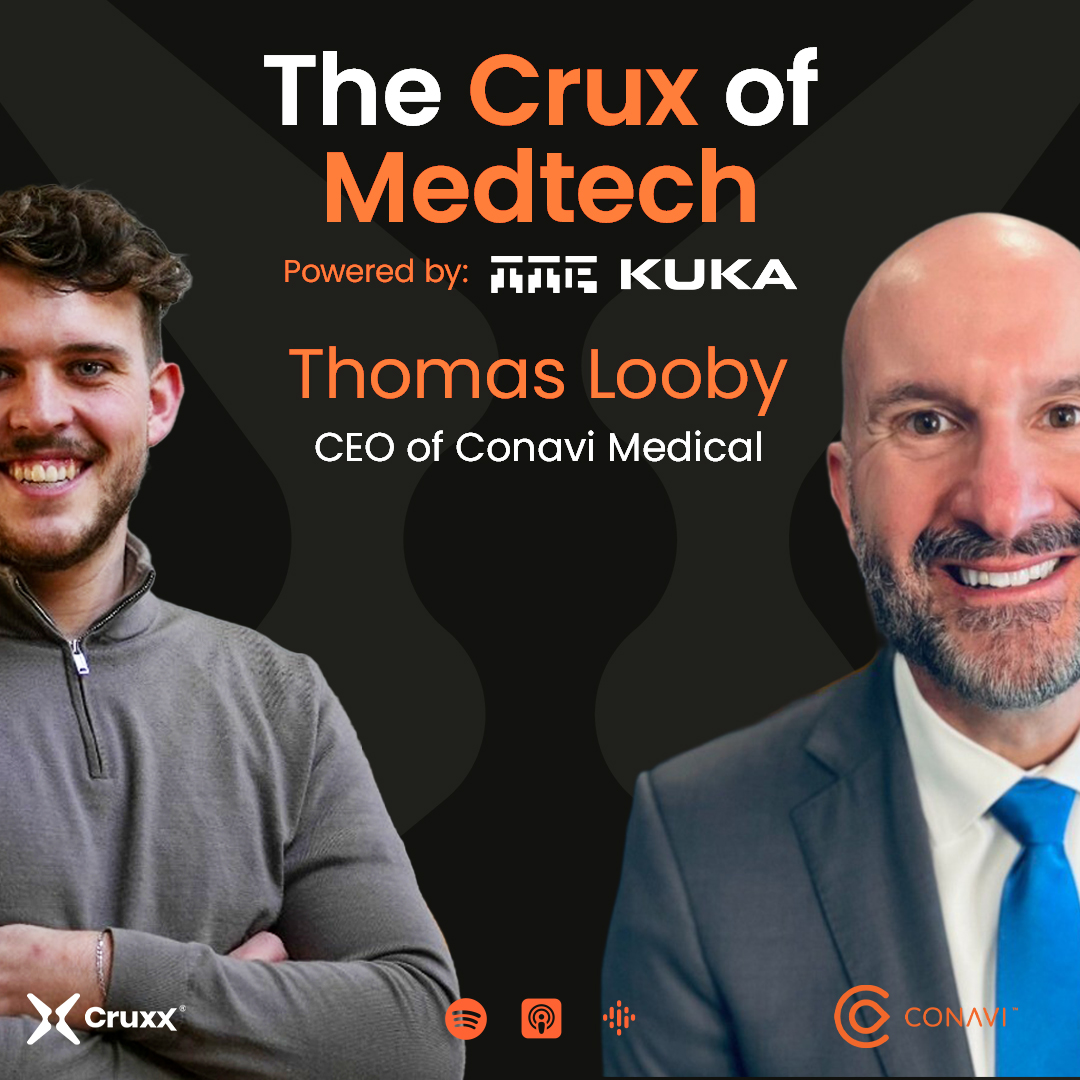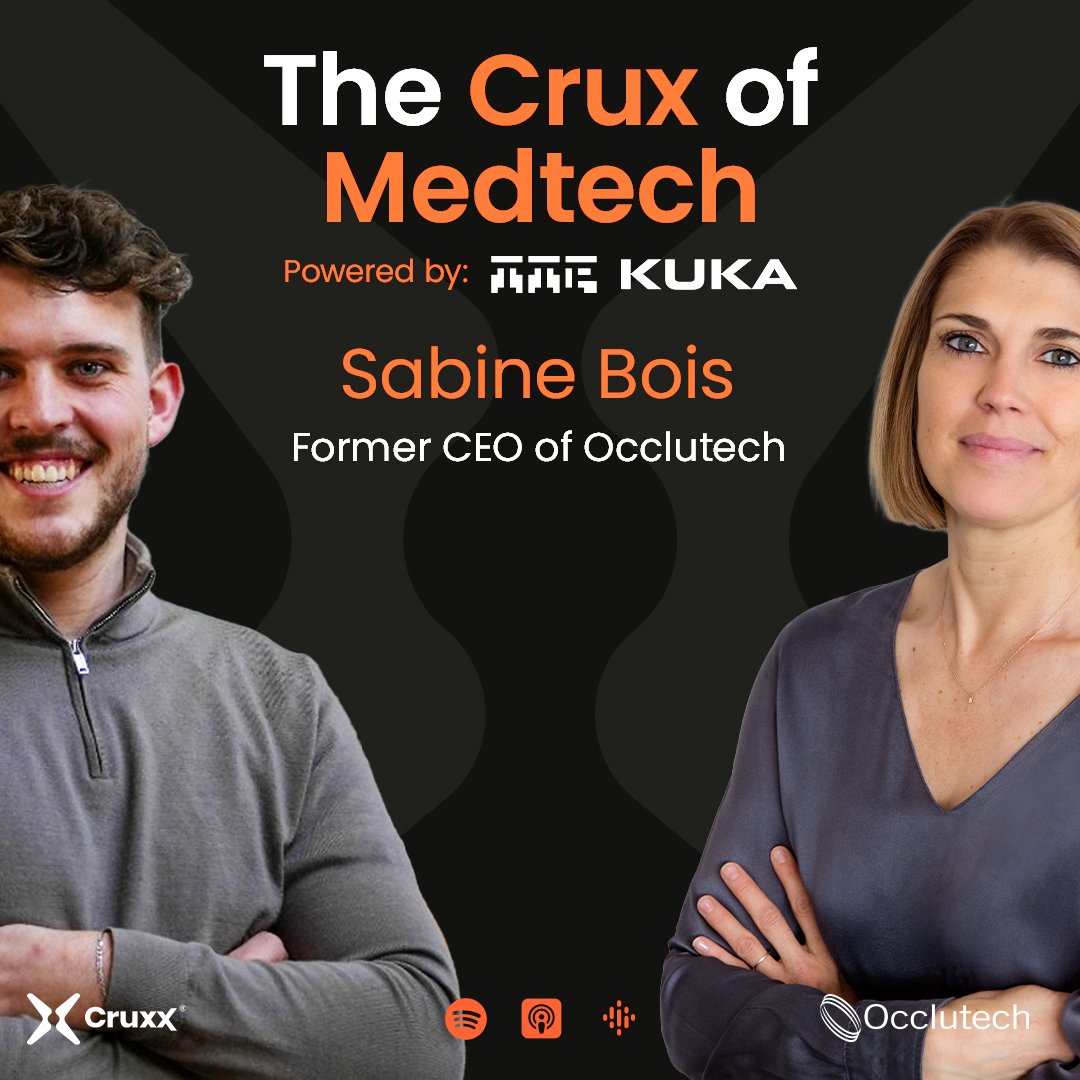On Season 2 Episode 7 of The Surgibots Podcast I had the pleasure of getting to know Sudhir Srivastava, the Founder, Chairman & CEO of SS Innovations.
Dual-Modality Imaging That Rewrites PCI Outcomes with Thomas Looby
On Season 2 Episode 7 of The Surgibots Podcast I had the pleasure of getting to know Sudhir Srivastava, the Founder, Chairman & CEO of SS Innovations.

On Season 2 Episode 7 of The Surgibots Podcast I had the pleasure of getting to know Sudhir Srivastava, the Founder, Chairman & CEO of SS Innovations. During the conversation, he explained the advanced technical features of the SSI Mantra and the impact those features will have on the wider surgical robotics field.
Here are his insights:
“If we compare the SSI Mantra with the industry leader, there are several differences, starting with the surgeon console. With the previous model, you're sitting hunched over, and you don't see your hand controls. You have an eight-inch screen, and then you have little windows where you can pull in whatever images - which in my opinion doesn't provide meaningful analysis. Your posture was not very ergonomic, your hands are colliding with each other or hitting the roof of the system, or you’re pressing the wrong foot pedal.
What we have designed is an open finish console with a large 32-inch 4k monitor, with the head tracking camera on the top for safety. If you're not watching the stream, your system won't respond - even if you move your hairs. Secondly, we have given a large 2D touch panel monitor that can present these DICOM, CT, MRI, angiogram, echo, etc. images in a meaningful way. Our Maya division can take any of these images and convert them into a 3D model so that you can rotate it and access the entire anatomy of the patient in front of you. That will make the procedure safer and faster.
Next, we have the controls. Ours are ergonomic - designed differently than the currently available options, they rest in your palms. There is no muscle tension compared to when surgeons grip something like rings or a pistol grip. Our design allows the muscles from your hand right up to your neck to loosen. That allows you very free motion so you can do very precise movements. Ours is the only system that is prepared - right from the beginning - for the surgeon to control five arms.
Our vision card is unparalleled. The combination of the high-definition monitor and 3D models gives the entire surgical team the same view. Accidents occur when you’ve only got 2D vision - I’ve seen them happen - and that's why you got 3D vision in our model. It is very important to have that perception. Accidents won't occur when the nurses are bringing supplies, because they’ll know exactly where to go. 3D vision also shortens the learning curve. You have hesitation in 2D. People take things very slowly, being very careful, which adds to the time. If you shorten the learning curve by providing better visibility and therefore more confidence, ultimately that improves the quality.
Our system also has built-in recording and playback capabilities. You can record all your procedures and watch them or broadcast them. This is one of the things I found when I was in practice, and even now, it's not always easy to find people who will mentor others because you have to fly here and there. We've utilised the technology, to the point that our Maya division has advanced far beyond anyone else here now. We’ve adopted a holistic approach in the sense that when we were looking at this whole training cycle, the idea was to not only go through the routine curriculum etc but ultimately shorten the learning curve, avoid accidents and improve the outcome.
We have also built in real guidance. You can input the type of surgery you want to perform, and the system will ask ‘Do you know where to place the ports in relation to our system and the target?’, which removes the guesswork and makes it more efficient. We are looking at the future and creating a 3D reconstructed operating room we can push the button based on the target anatomy and the surgery and the cars will move on their own and practice.
We’re including a lot of futuristic ideas in relation to the robotic arms and cars. Every robotic arm with these attachments is mounted on a separate car, which allows you to place them wherever required. You are not boxed in by the arms attached to one set point. That gives you flexibility based on the target anatomy, body habitus, room setup etc. Since it is modular, you can use any number of arms based on your requirements. Cardiac enabling technology will use the fifth arm, whereas transfer procedures typically use four, and a simple pelvic or gallbladder operation only needs three.
Our system is designed to fit a budget, reduce expenses, and address costs while being incredibly user-friendly. When we talk about some of the technology’s attributes, we have developed several cardiac enabling technologies that no one else has, which will become a lifeline for the patient, because it gives bypass surgery a predictable outcome. It’s also levelling the playing field regarding the human skill level. We have kept all of these maps in mind to help the surgeons and change the direction across the spectrum.
To find out more about SS Innovations’ work and how Sudhir Srivastava intends to drive the company forward, listen to Season 2 Episode 7 of The Surgibots Podcast here.

Dual-Modality Imaging That Rewrites PCI Outcomes with Thomas Looby

How to Survive FDA Battles and Boardroom Drama - with Sabine Bois